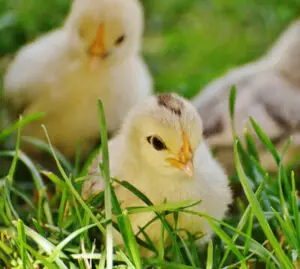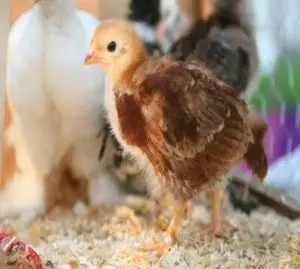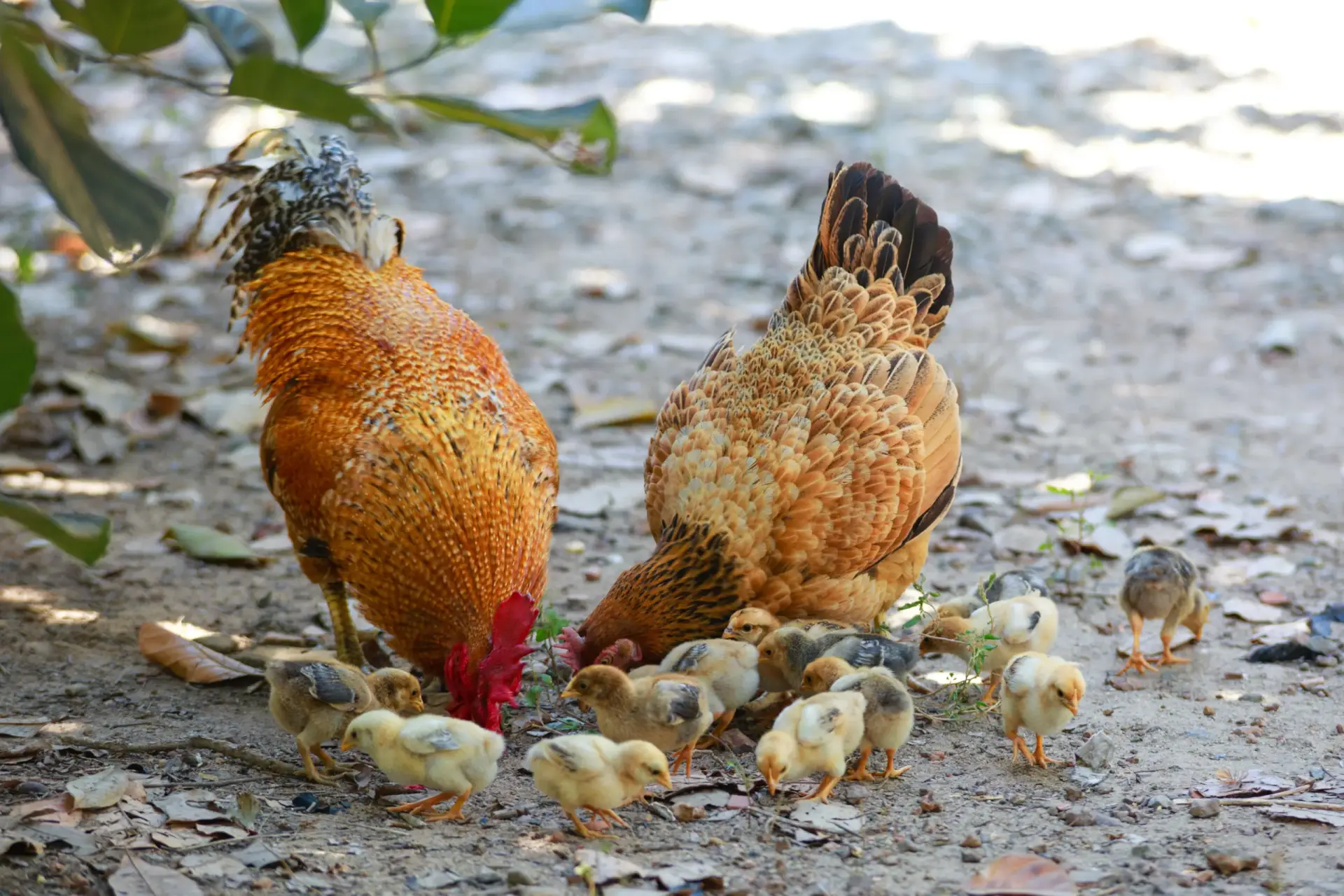
Integrating new chicks to an established flock of chickens can be a delicate process. For many poultry keepers, the integration is crucial to maintaining peace and health within the coop. Whether you’re expanding your backyard brood or updating your farm’s production capabilities, understanding how to properly introduce new chicks is essential. Here’s our best advice to ensure a smooth transition, fostering a harmonious environment for both your new chicks and the veteran members of your flock.
1. Quarantine Period
Before any introductions take place, it’s imperative to quarantine the new chicks. This period should last at least two to three weeks and serves multiple purposes:
- Health Checks: Quarantining helps ensure that the newcomers do not introduce diseases to the established flock. Monitor the chicks for any signs of illness and only proceed with the integration if they are completely healthy.
- Adjustment Time: This also allows the chicks time to adjust to their new environment gradually, without the stress of immediately facing the established flock.
2. Gradual Introduction
After the quarantine period, and once the chicks are old enough to handle the pecking order (usually around 6-8 weeks old), you can start the introduction process. However, do this gradually:
- See But Don’t Touch: Initially, allow the established flock to see the new chicks through a fence or some form of barrier. This can be done by setting up a temporary pen within the larger coop or run.
- Controlled Interactions: Gradually increase the time the chicks spend near the flock, always supervised, to ensure there are no aggressive behaviors.
3. Equalize the Playing Field
Before mixing the chicks with the older chickens, try to balance the scales a little:
- Size Matters: Ensure that the chicks are large enough not to be easily bullied or hurt by the larger birds.
- Distractions: Introduce new feeders, perches, or toys to distract the older chickens and reduce territorial behavior when the chicks are first integrated.
4. Create a Safe Haven
Even with gradual introduction, young chicks might need a safe space to escape if they are bullied:
- Escape Routes: Ensure there are plenty of spaces where smaller chicks can escape from older birds, like small openings in the coop that only the smaller ones can enter.
- Extra Feeding Stations: Having multiple feeding stations can prevent food-based aggression and ensure that the chicks get their fair share of food and water.
5. Monitor the Flock Dynamics
The most crucial step is close monitoring of the flock’s dynamics during the initial integration and beyond:
- Watch for Bullying: Keep an eye out for excessive pecking or other aggressive behaviors. It’s normal for some pecking as the pecking order is established, but it shouldn’t result in injury.
- Health Checks: Continuously check both the new and old members for any signs of stress or injury in the first few weeks after full integration.
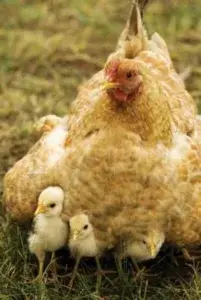 Alternative Introductions
Alternative Introductions
As with anything, there are always exceptions to be considered when integrating new chicks into an established flock. If your flock is docile, you might be able to get away with sneaking the new youngsters onto a roost at night while the flock is asleep. But this method is usually reserved for adding adult birds to an established flock. Another alternative may be that your are fortunate enough to have a broody hen and you can introduce very young chicks under her at night. This method provides the chicks with a protector and a warm haven under her fluffy down. But this isn’t a 100% foolproof method either. The key is to be adaptable and allow for the barnyard pecking order dynamic to occur but not get out of hand.
Introducing new chicks to an established flock doesn’t have to be stressful. With careful preparation, a thoughtful approach, and vigilant monitoring, you can successfully integrate new members into your chicken community. This not only ensures the health and happiness of both old and new birds but also contributes to the overall productivity and harmony of your poultry endeavor. Remember, patience is key—take your time and adjust your strategy as needed to accommodate the unique dynamics of your flock.
Share:
Michelle
Blog Categories
Social Media
Most Popular

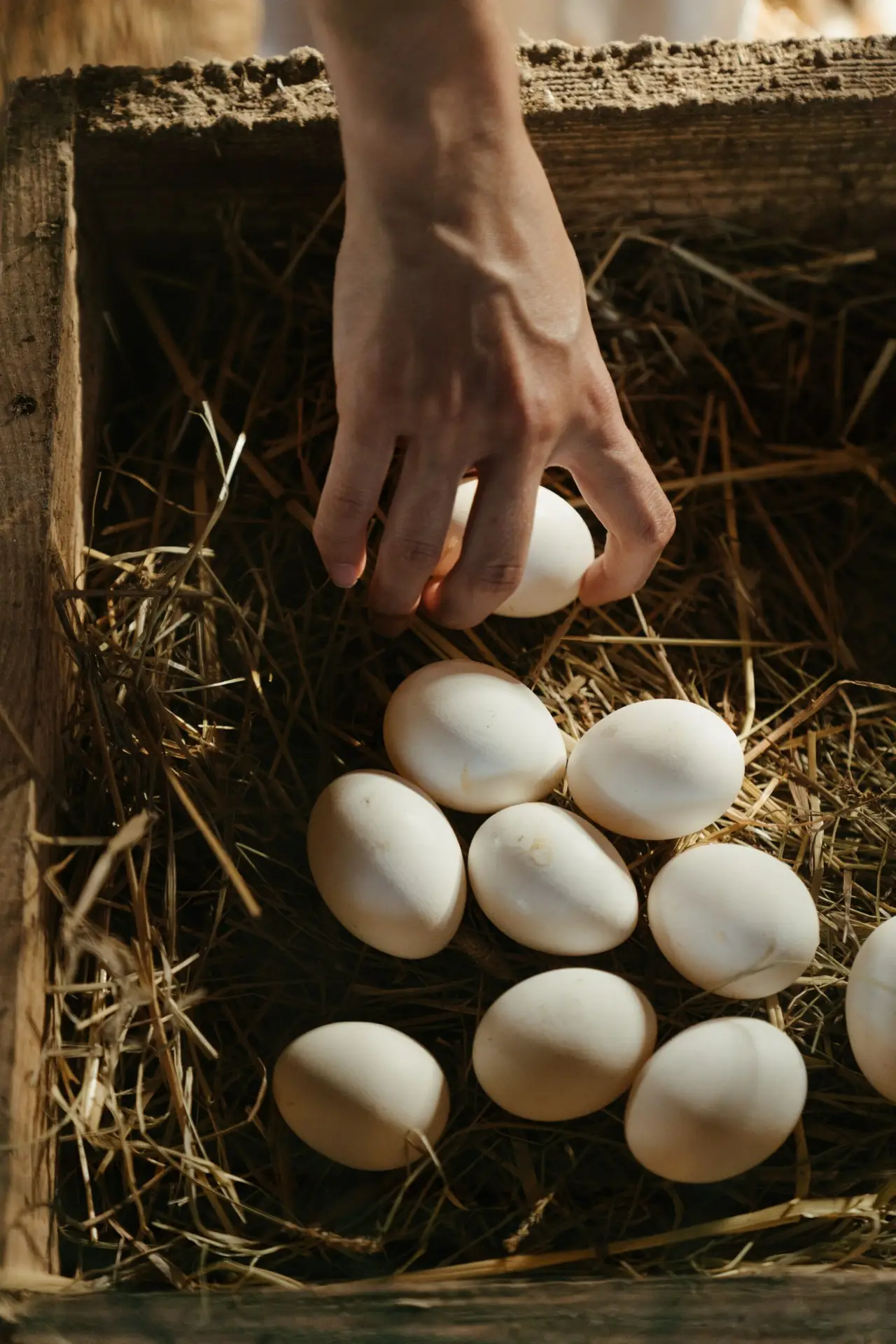
Quick Tips: Addressing Egg Laying Concerns

Tips for Chick Season
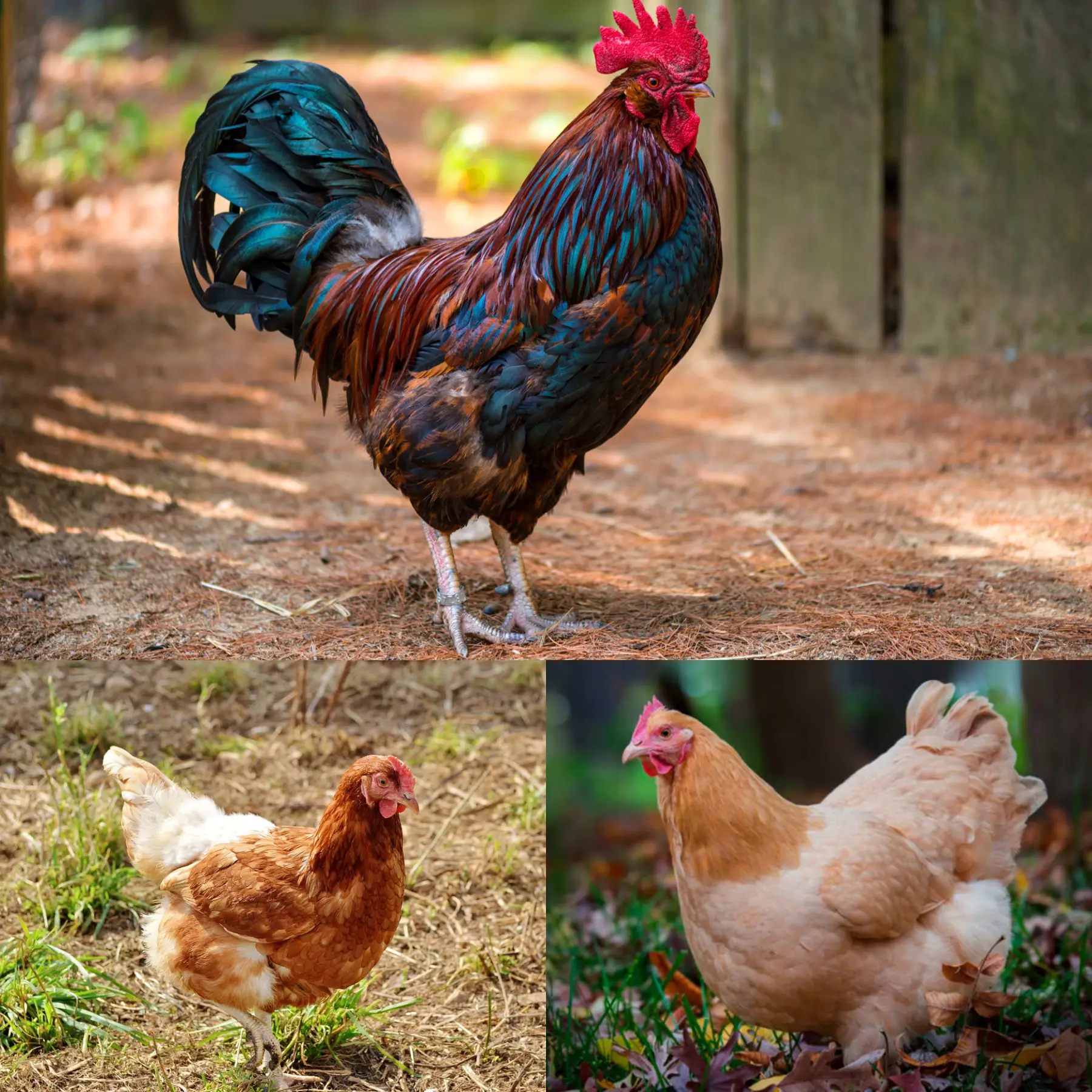
Quick Tips: Hen or Rooster?
Subscribe To Our Newsletter
Get notifications only about new products and updates.
Related Posts

Integrating New Chicks into Your Established Flock
Integrating new chicks to an established flock of chickens can be a delicate process. For many poultry keepers, the integration is crucial to maintaining peace

Quick Tips: Addressing Egg Laying Concerns
Not Getting Eggs from Your Hens? Here’s What You Need to Know! Are your hens taking their sweet time before they start laying eggs, or

Tips for Chick Season
Hey there, chicken enthusiasts! Are you ready for the upcoming chick season at Valley Hatchery? Let us share some tips to make sure your season

Quick Tips: Hen or Rooster?
Image Source: Grubbly Farms If you’ve found your way here, you’re likely in that common situation of scratching your head and wondering, “Is my chicken


